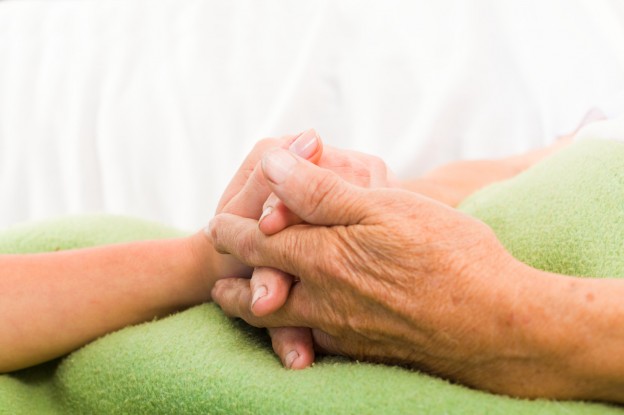The world lost a great woman and an even greater nurse this week, the likes of which we will probably never see again.
Dorothy Leasure Teesdale was the nursing head of Blodgett Memorial Medical Center’s Labor and Delivery unit in Grand Rapids, Michigan—one of the two hospitals in which I did my residency. She was not an administrative toad like many head nurses I meet today. Dorothy was a strong, caring woman whose priorities were patient care and her nurses, probably in that order. She stood up for nurses and residents when they were right but called them on the carpet when they were wrong.
Dorothy didn’t take shit from anyone, including physicians. One of the more notoriously cavalier obstetricians started a repeat Cesarean section one morning before the nursing staff was ready to attend to the baby. This was long before operating rooms mandated safety “time-outs” before anyone laid a hand on the patient.
Dorothy confronted the physician—all six-feet four inches—after the case, noting it wasn’t the first time he’d skirted the rules. When he tried to argue he hadn’t done anything wrong, she planted her feet and refused to back down. They yelled at each other for 45 minutes while several of us residents down the hallway watched and cheered her on. He finally relented and apologized. “I know you’re right and I shouldn’t have done that!”
She could be quietly effective as well. An older, rather brusque physician was dragging his heels on surgically delivering a mother whose infant’s monitor tracing was looking ominous, she walked behind him and quietly said, “The last time you waited, the baby died.” Mom was in surgery fifteen minutes later and the baby did well after being resuscitated.
The most important lesson Dorothy taught me was about parenting, not obstetrics. My first child was a boy. I’d wanted a girl because I did not relate well to men in general and the fact that he was awake every two hours for six months was wearing on me. One morning she asked, “How is the baby?”
I said, “The little bastard never sleeps.”
She snapped at me and said, “He’s not a little bastard; he’s your SON!”
I was a little surprised but I was more ashamed of myself. After that I looked at my son differently and it became easier to try being a nurturing father. I sometimes took him to the unit on the weekends, riding in a carrier I wore like back-pack, with him in the front drooling and making faces. The change came in handy when his little brother arrived and they became old enough to wale on each other as toddlers (and teenagers).
I’d wanted to tell Dorothy about that when I went to see her two weeks before she passed away, but I didn’t want to cry. So, thanks, Dorothy, for what you taught me thirty-one years ago. We will all miss you, but I’ll always remember what you taught me.
Image: St. Catherine of Siena, patron saint of nurses (C) Can Stock Photo




